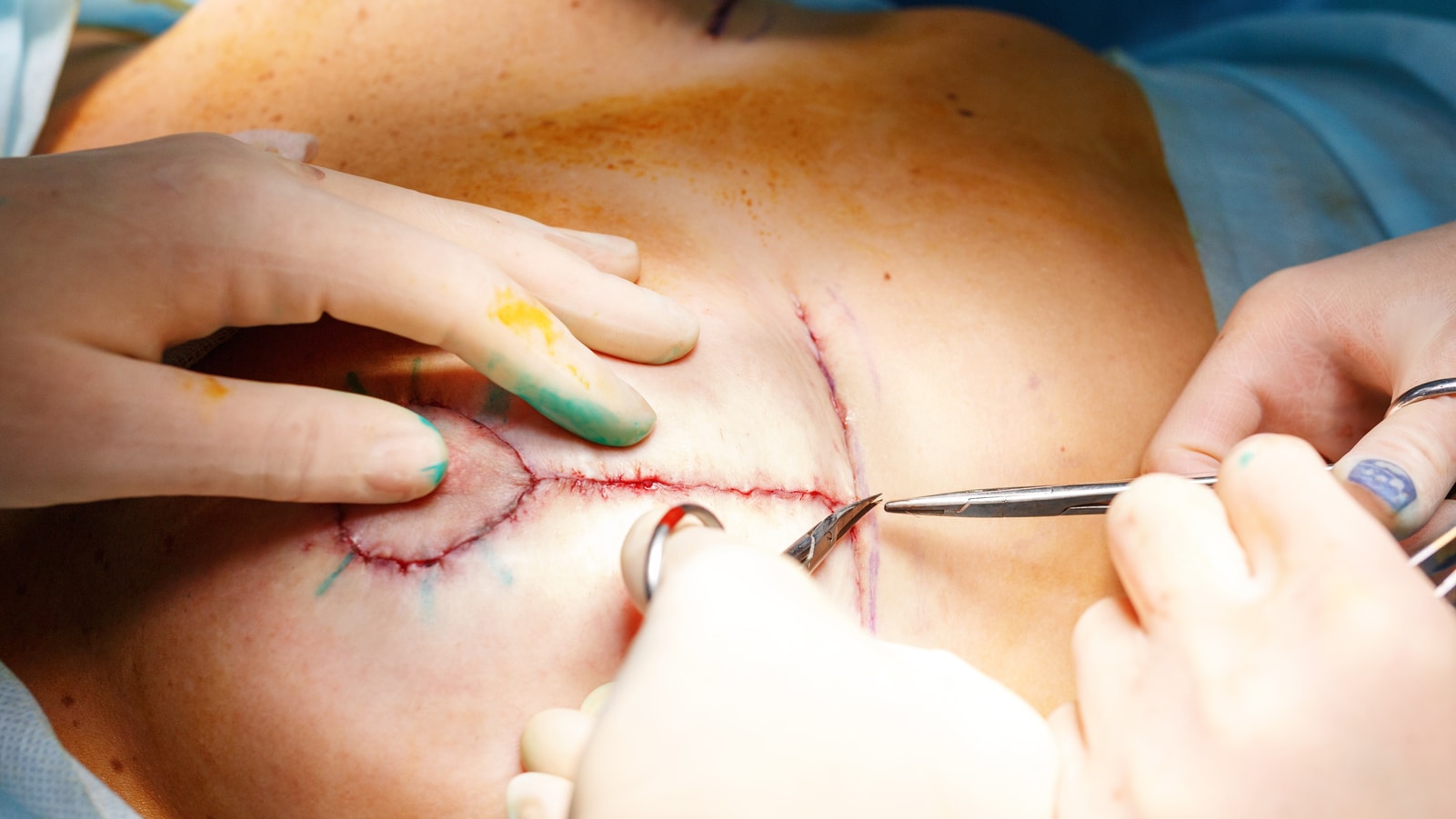
The markings matter more than you expect
Before surgery begins, you stand. Awake. The surgeon draws lines across your chest. They don’t look like breasts—they look like geometry. Curves. Arrows. Points that guide where tissue will go. Where skin will be removed. Where the nipple will move.
It feels clinical. Precise. Quiet. Those lines don’t just mark—they plan the entire reshaping. Once you lie down, the body shifts. Gravity disappears. That’s why markings happen first.
Surgery starts long before the first cut.
Tissue is removed—but it’s not random
The surgeon cuts along the markings. Removes skin. Removes fat. Removes glandular tissue. Not equally. Not in chunks. In careful balance. One side is shaped. Then matched to the other.
It’s not just about size. It’s about proportion. The breast is reduced in volume—but rebuilt in contour. What’s left is shaped into a new mound. Not flat. Not square. Round. Natural.
You don’t lose everything—you gain shape in a new form.
The nipple is moved—not removed
This is the part that surprises many. The nipple stays connected. It’s not cut off. It’s not reattached like a button. Instead, it’s kept alive through a pedicle—a stalk of tissue that preserves blood flow and sensation.
The surgeon moves it higher. Centers it. Repositions the areola. Sometimes reduces its size. It becomes part of the new breast, not an afterthought.
Sensation may change. But most feel something return with time.
Incisions follow common patterns—but results aren’t identical
The anchor incision is the most used. Around the areola. Down to the crease. Across the base. Others use a lollipop shape. Some avoid the horizontal line when possible.
Which one depends on your anatomy. Your goals. Your skin. No two reductions are the same. And no scar heals exactly the same way.
But every line is placed with long-term results in mind.
The entire process takes a few hours—but reshapes how you feel for years
Most reductions last two to four hours. You’re under general anesthesia. You don’t feel anything. Time moves differently. But when you wake, everything is lighter. Tighter. Changed.
There may be drains. Or not. You’ll wear a surgical bra. There will be soreness. Swelling. But also relief. You notice it right away—even with the bandages on.
It’s not just your chest that feels different. It’s your posture. Your breath. Your walk.
Recovery begins with stillness—not movement
The first few days are about rest. You sleep on your back. You avoid lifting. You don’t raise your arms. You follow instructions—ice, medication, gentle walking.
Swelling peaks around day three. Bruising settles in odd places. But pain is manageable. Most patients describe pressure—not sharpness.
The body adjusts fast. But the mind takes longer to believe what’s changed.
Final results take time to settle
At first, the breasts feel high. Firm. Swollen. The skin puckers near the incisions. One side may look different from the other. That’s normal.
By three months, things soften. By six months, scars fade. By a year, most changes are stable. But even before that—you notice the difference in how clothes fit. In how you move. In how you feel standing still.
It’s not instant beauty. It’s evolving balance.
The goals vary—but relief is the most common outcome
Some want smaller breasts. Others want lifted ones. Some want to fix asymmetry. Others want to end neck pain, shoulder dents, or skin irritation.
Whatever the reason, the result is usually the same: ease. Fewer distractions. More freedom.
And the understanding that it wasn’t about size—it was about feeling right again.
